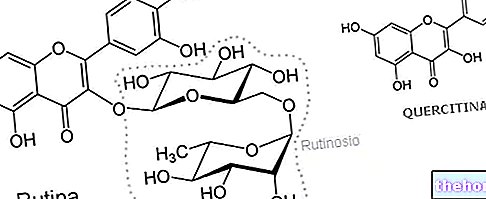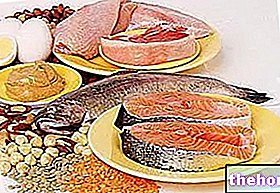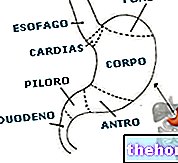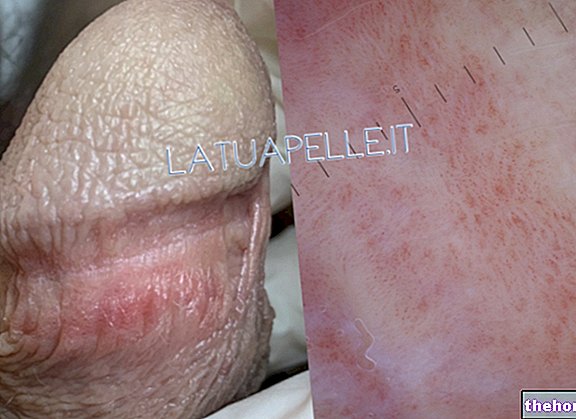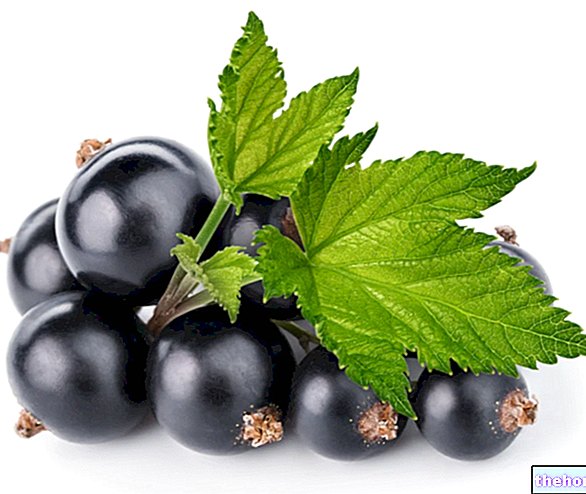Silicon
Silicon (Si) is a fairly distributed mineral in the tissues but whose biological functions are not precisely known; possesses binding capacities quite similar to those of carbon (C), which is why even silicon, in some living beings, can become part of the basic molecular structures.

Researchers assume that it is a very important constituent of mucopolysaccharides (fundamental constituents of connective tissue, elastin, hyaluronic acid, etc.). In fact, most of the body's silicon is found in correspondence with structures with a large content of connective, such as: arteries, trachea, tendons, bone and skin; silicon also appears to be involved in bone formation, but its actual role remains a point to be clarified.
Due to the lack of fundamental data, the nutritional requirement of silicon has NOT been specified but some researchers already define it as an ESSENTIAL NUTRIENT.
On the other hand, the nutritional deficiency of silicon has been imposed and observed in animals; on chicken and rats a chronic silicon deficiency determines real aberrations in the synthesis of connective tissue and bone; on the contrary, there are no useful data to describe the effects related to the excess of food silicon.
Silicon supplements
Silicon-based supplements, thanks to their presumed function in the constitution of connective tissue and bone, are used as anti-aging products.
The most widespread application of natural silicon-based supplements is aesthetic, more precisely they are used to improve the trophism of hair, nails and connective tissue of the skin (tagumentary apparatus).
Only recently, some researchers are highlighting the biological importance of silicon in ossification; it is possible that this mineral can be used in preventive and curative therapies of disorders related to the joints and the skeleton, for example in osteoarthritis and menopausal osteoporosis. Studies have shown that:
the use of Equisetum extract (Osteosil Ghimas) compared to a placebo, has shown a rapid decrease in bone loss, ie from 3.3% to 2.1% with a reduction of 64%. In the long term it is also possible to observe (through densitometry of the spine) an increase in bone mass, normalized, equal to 2.3% per year.
Unfortunately, at the moment there are not yet sufficient data to investigate the correlation between the use of silicon and osteoporotic fractures, however, assisting the integration of silicon with calcium and estrogen-like isoflavonoids from soy could represent an excellent preventive therapy against the complications of osteoporosis. menopausal.
NB. They do not exist (or at least they don't know each other) contraindications to the use of silicon-based supplements.
Bibliography:
- The molecular basis of nutrition –G. Arienti - Piccin - page 528
- Menopause and natural therapies - F. Corletto - New techniques - page 130



.jpg)
